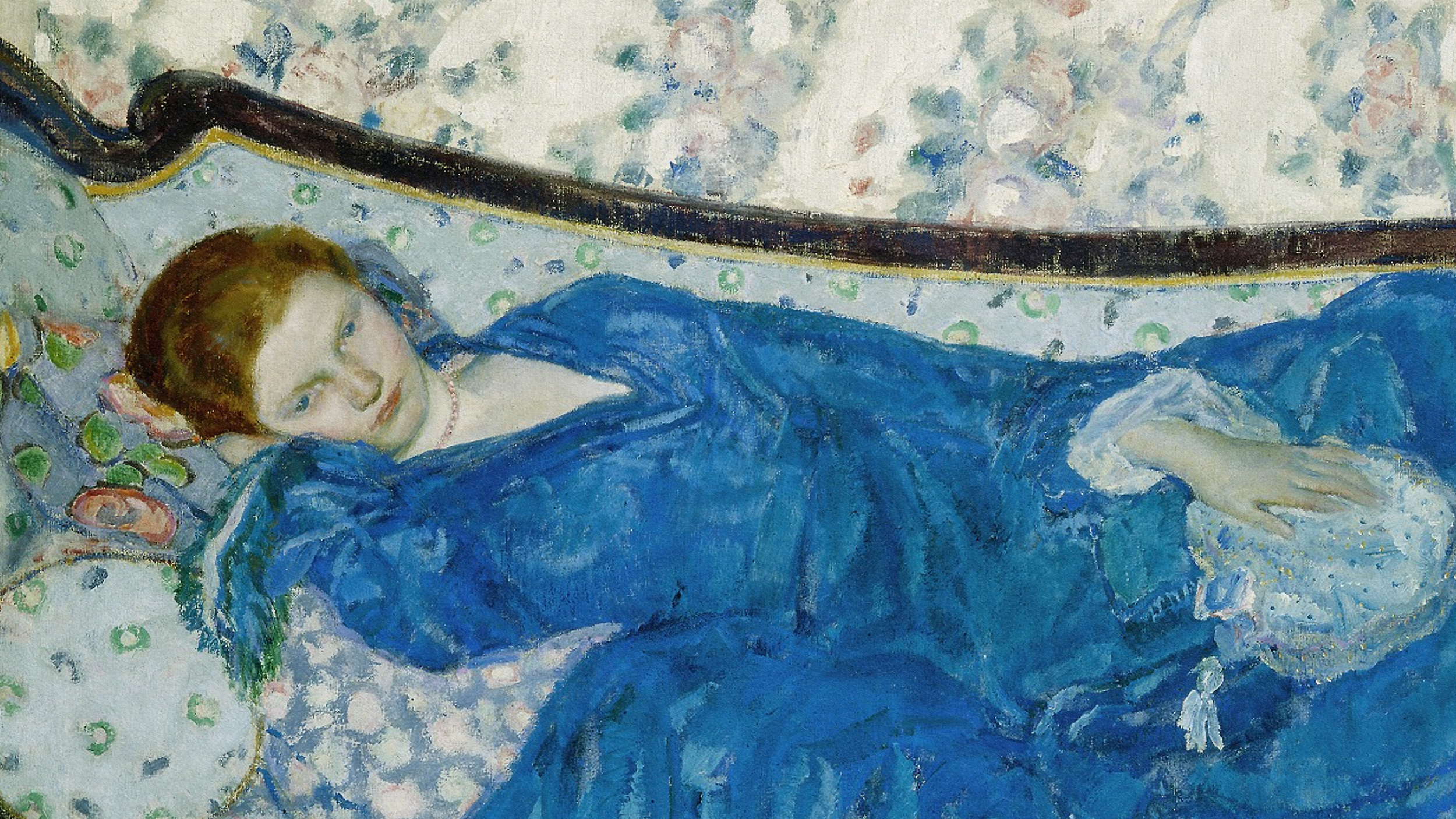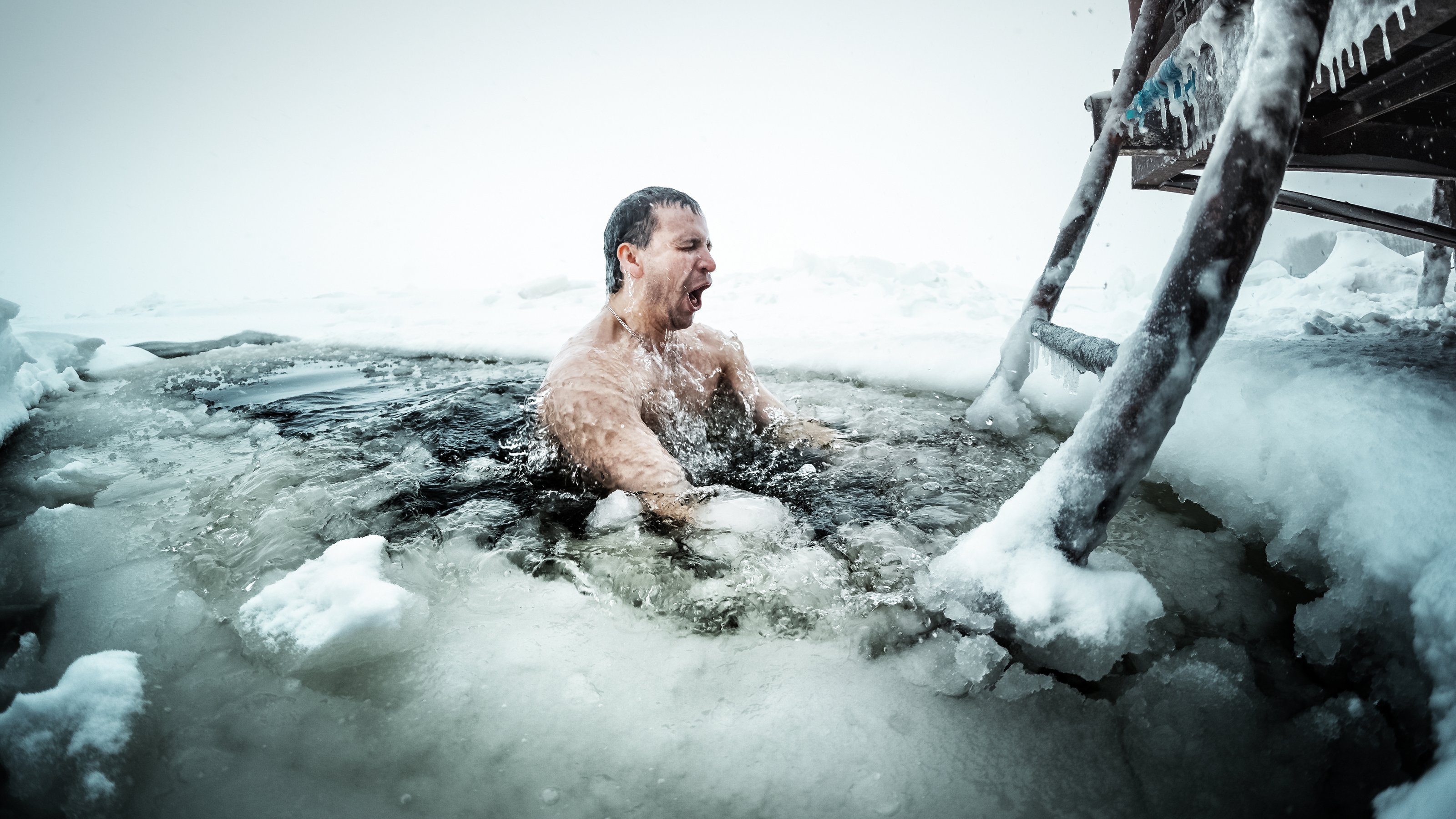Science: How to Get into the “Flow” and Do What Makes You Happiest

In psychology, “flow activities” are ones that would presumably make us the happiest. They are activities like sports or cooking that require more work on our part but are characterized by full immersion and focus. A new paper argues that we are often faced with a dilemma – while studies show how engaging in “flow activities” would make us happier, we tend to spend more of our free time on passive activities, like Facebooking or watching tv.
In two studies, researchers L. Parker Schiffer and Tomi-Ann Roberts at the Claremont Graduate University and Colorado College, conducted a survey of about 300 people to find out what they thought of different types of activities. These ranged from passive like listening to music to flow-inducing like making art. As the paper explained, “‘flow’ activities require clear rules, challenge, a high investment of energy.”
The participants had to rate whether they found the activities enjoyable or daunting as well as how often they engaged in them. Another question related to which particular activities the participants regarded as providing lasting happiness.
The answers revealed that whatever people thought would require more effort would also bring more happiness. But people were still more likely to spend their time in passive activities because they found them easier to get into and more enjoyable. On the flip side, flow activities were seen as harder to start up, even if generally better for you. It’s just easier to stay sitting on the couch than getting up to run, which might be quite tiring and even painful at first.
To be able to navigate this paradox of happiness, researchers propose techniques that could help reduce the initial effort required to get into a flow activity like going to the gym. They recommend you do things like choosing a gym near your house and preparing your workout clothes the night before. Or if you want to get into painting or have something to write – set up your writing or painting materials in advance. Just doing that much can help get the process underway and make it easy to start doing something you will find ultimately very rewarding.
The researchers also suggest using “controlled consciousness” – mindfulness and meditation techniques to get the ball rolling before a flow activity. While the paper advocates for future research to come up with more techniques that would help us engage in happiness-creating “flow” activities, they do warn that there are high stakes involved here that could prevent us from achieving happiness due to a “pursuit of hedonism”:
“People know that flow activities facilitate happiness better than more passive leisure and yet they are not doing these activities because it seems they do not know how to overcome the activation energy or transition costs required to pursue true enjoyment. This disjunction perhaps leads us to assume that happiness is going to happen to us as an outcome of our pursuit of hedonism. Thus, we develop a more passive approach to happiness, opting for the easier pleasurable activities that require less energy and are less daunting than high-investment ow activities. “
Cover photo: Indian schoolchildren, their face and bodies painted as tigers, run at a park in Bangalore on August 1, 2015, during an awareness programme about the endangered tiger species. (Photo credit: MANJUNATH KIRAN/AFP/Getty Images)





